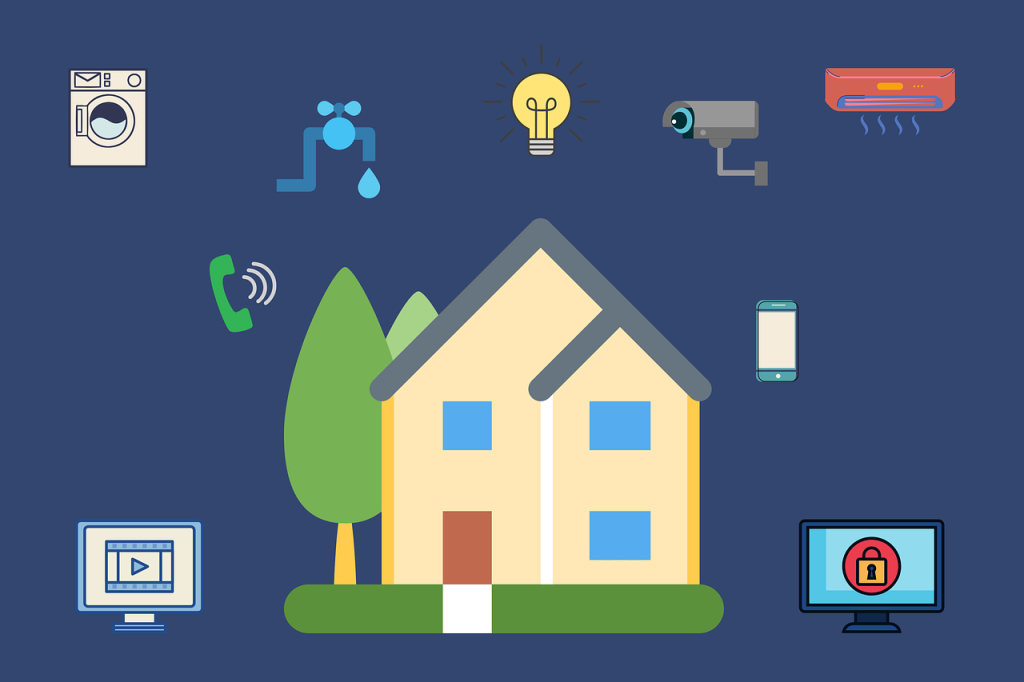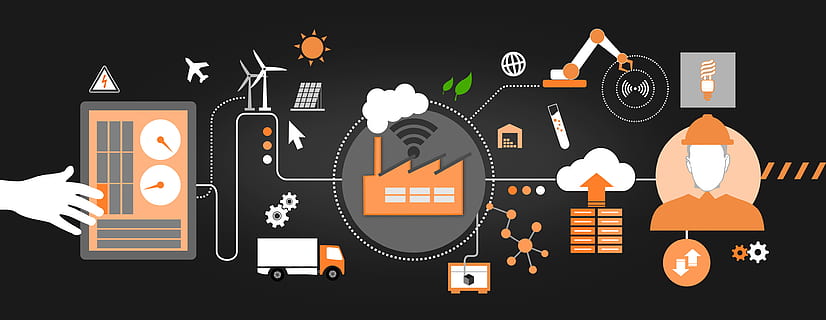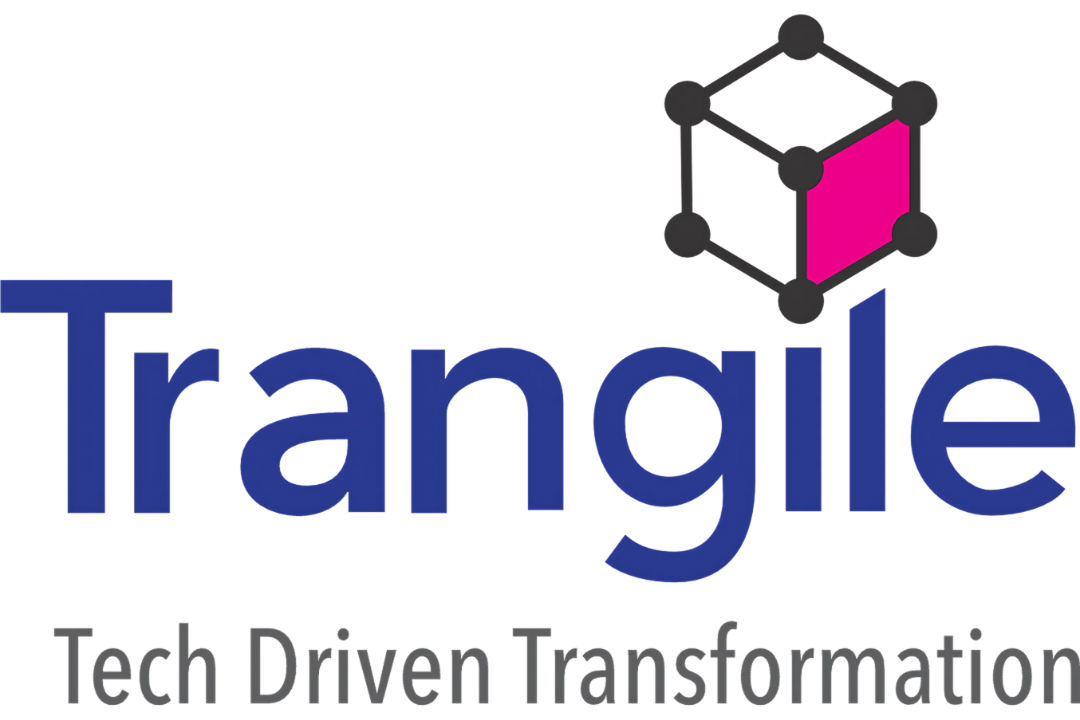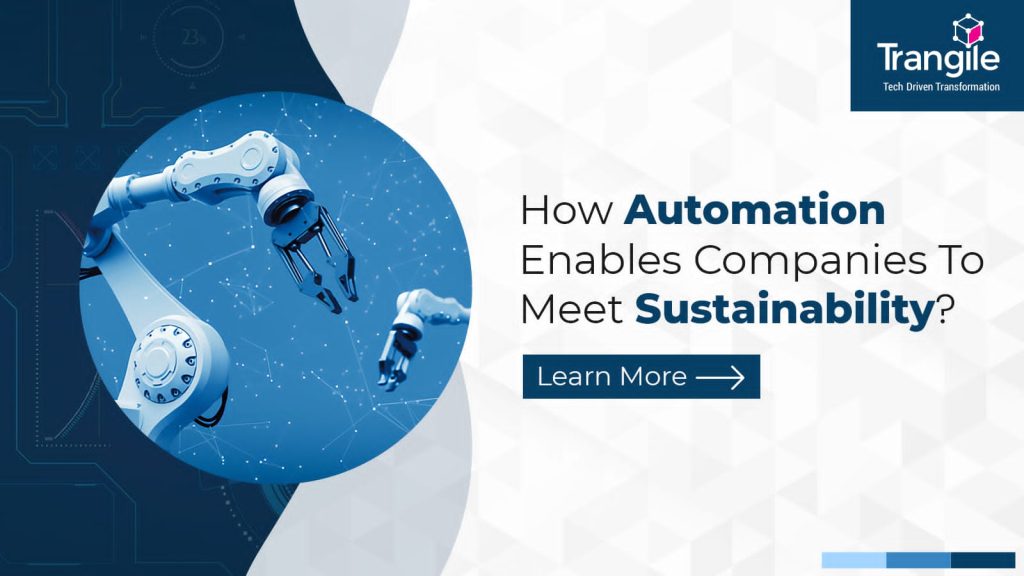Have you considered the advantages of automating your business? AI, cloud monitoring, and the Industrial Internet of Things (IIoT) are some of the cutting-edge technologies that have emerged in this new era of intelligent production. The question is whether automation will pave the way for a greener future for businesses. If you’d like to understand better automation and how it might help your business meet its sustainability goals, keep reading!
The following are the essential advantages of automation in the industry:
- Cost-effectiveness
- Benefits in the Competitive Playground
- The capacity to grow and adapt
- Safer and More Controllable Processing
How does automation help achieve long-term objectives? Where should businesses begin? Automation isn’t just a way to speed things up and improve operational efficiency. It may be utilized to improve sustainability.
1. To accomplish their social, environmental, and governance (ESG) objectives, corporations might use automated systems.

Companies worldwide are becoming more accountable and open in their business practices in response to public pressure from stakeholders, including employees, customers, and investors. Aiming to achieve this, companies are linking financial objectives with social and environmental goals while boosting investments in ESG performance.
As ESG and purpose become more entwined, businesses must find answers to many issues and rethink their processes to provide stakeholders with greater and longer-term value.
Organizations should use automation to help achieve these objectives more quickly
- Identify environmental and sustainability objectives and metrics to measure progress toward those goals.
- Look for ways to automate some tasks.
- ESG objectives may be supported by modifying procedures.
- Gather information and keep tabs on developments to help with ESG reporting in general.
The companies may meet sustainability and environmental objectives more quickly if this strategy is at the forefront of ESG actions. Helse Vest, a Norwegian health authority, is a good example. There were fewer letters sent to patients with confirmed appointments because of automation. Instead, each letter was intercepted by software robots, which prevented the printing.and mailing of letters. Helse Vest reduced its environmental impact and saved more than $500,000 in postage by using less paper.
2. Green efforts are expedited thanks to automation

Reduced waste is a responsibility that every company must take on. If you’re trying to achieve sustainability objectives, robotic process automation (RPA) may be able to speed things along.
Automating the process of reading and extracting consumption data, for example, might be done using RPA.
As shown by the Regional Authority of the Moravian-Silesian area, this would enable providers to more simply and swiftly discover possibilities to minimize waste. Located in the Czech Republic’s northeastern region, the Regional Authority More than 1.2 million people rely on them for assistance, and they supervise 53 different departments inside the city. The Regional Authority’s mission is to make life better for its residents while saving them money and time.
For boiler replacement funds, the Department of Regional Development and Tourism had to deal with many applications in 2018. Employees had to put in a lot of time and effort to fill out the applications. The Regional Authority used RPA to expedite this process by verifying application information, sending emails, and more. To enhance the air quality in the surrounding region, the
Regional Authority used automation to accelerate the distribution of green boiler subsidies to its inhabitants.
Data that must be gathered, processed, reported, and tracked is at the heart of any ESG approach. Survey results from Deloitte show that “more than half of senior executives responded that data availability (access) and data quality (accuracy/completeness) remain their major problems with regard to ESG data for disclosure.”
Using RPA, you may automate the following processes:
- Use multiple apps and methods to gather information
- assisting in the management of data
- Keep track of and provide updates on environmental developments, such as reductions in carbon emissions.
3. Automated systems lower greenhouse gas emissions

Process mining is likely the first step in most companies’ automation journeys. Visual workflows may be created using data mining, which collects information about what is happening in a process and when it is happening. As a result, firms can see where there are bottlenecks and where waste may be removed.
Reduced carbon footprints may also be lowered by:
- Cutting down on computer power use
- By limiting unnecessary printing, you may save paper
- Streamlining and automating the supply chain
- Streamlining the ordering and invoicing of goods and services
It’s not going to become any more accessible for businesses to reduce their trash in the future. Using Automation for Good, organizations may speed up their efforts to create and maintain a cleaner, greener world for future generations.
Because digitization and automation allow for more timely production, less waste, and better quality, all of this is attainable. Additionally, the operators participating in the process see increased job satisfaction and security. Manufacturing is a cornerstone of every nation’s economic prosperity, assuring the well-being of its citizens, and automation helps make manufacturing more competitive across the globe.
McKinsey conducted a poll last year that revealed just 16% of executives believed their company’s digital transformation was successful. Digital transformation has the potential to address a wide range of issues. The market will reward companies who are fast to adopt the new standard. People who haven’t modified their ways of working are more at risk of becoming obsolete than those who have.
Wrapping up:
Cybersecurity and linked workplaces are two of the most pressing issues of our day, and they must be safeguarded by all means. Companies may enjoy the advantages of intelligent automation via control systems and linked devices if they apply sophisticated analytics to create predictive insights for new product innovation. Cybersecurity and automation are two of the essential digital expenditures for businesses today. Organizations must strengthen their digital skills to ensure long-term viability.
Are you ready to take advantage of the RPA’s best aspects? Get started with Trangile right now.
We’re here to help.Get in Touch with Us














